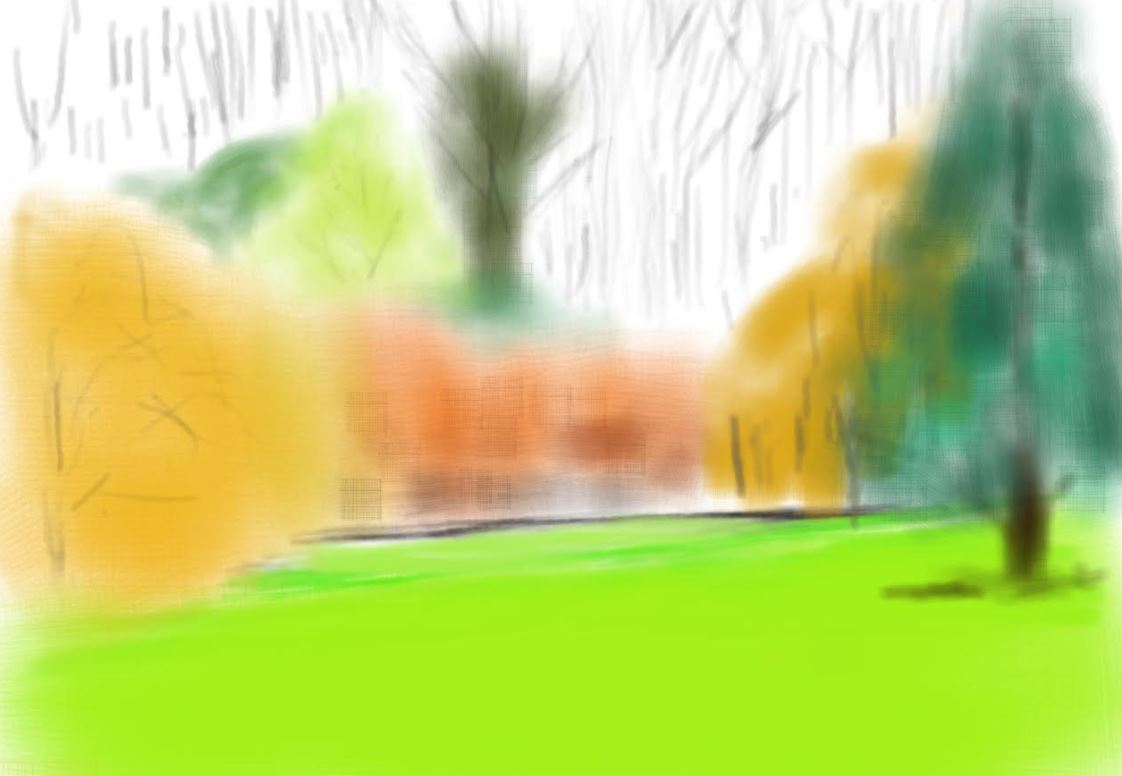| The last couple of weeks have been wonderfully warm -mid 20’s to lower 30’sC and it has brought the butterflies out in force. When I walk around the field I can usually see half a dozen fluttering amongst the grasses and flowers at any point. But I knew very little about them. I started trying to photograph them.. its not easy. They are hard to follow as they flit around sometimes in quite a random and chaotic way and they often don’t rest long enough to get close and photograph. So my first question was why do they fly in this way? It seems its an adaptation to help them survive: their unpredictable flight makes it harder for birds to catch and eat them. | |
Butterflies taste with their feet. They have taste receptors on their feet to help them find their host plants and locate food. A female butterfly lands on different plants, drumming the leaves with her feet until the plant releases its juices. Spines on the back of her legs have chemoreceptors that detect the right match of plant chemicals. When she identified the right plant, she lays her eggs. A butterfly will also step on its food, using organs that sense dissolved sugars to taste food sources like fermenting fruit.
Adult butterflies can only feed on liquids, usually nectar. Their mouthparts are modified to enable them to drink, but they can't chew solids. A proboscis, which functions as a drinking straw, stays curled up under the butterfly's chin until it finds a source of nectar or other liquid nutrition. It then unfurls the long, tubular structure and sips up a meal.
Butterflies need an ideal body temperature of about 85ºF to fly. Since they're cold-blooded animals, they can't regulate their own body temperatures. The surrounding air temperature has a big impact on their ability to function. If the air temperature falls below 55ºF, butterflies are rendered immobile, unable to flee from predators or feed. When air temperatures range between 82º-100ºF, butterflies can fly with ease. Cooler days require a butterfly to warm up its flight muscles, either be shivering or basking in the sun. And even sun-loving butterflies can get overheated when temperatures soar above 100° F and may seek shade to cool down.
Once it emerges from its chrysalis as an adult, a butterfly has only 2-4 short weeks to live, in most cases. During that time, it focuses all its energy on two tasks – eating and mating. Some of the smallest butterflies, the blues, may only survive a few days. The need to mate is therefore and urgent task. Initially butterflies find each other using colour and sound. But at this stage a decision is made about whether to mate based on the pheromones that both sexes give out. In many species, the female requires the male to perform a dance before she will allow him near. He delicately flies around her, whirring his wings in the hope that more pheromones waft in her direction. If she is impressed enough to accept, she will change her posture, letting the abdomen protrude from between her wings. I witnessed butterflies dancing in many occassions. sometimes for just a few seconds other times for over a minute..

 RSS Feed
RSS Feed